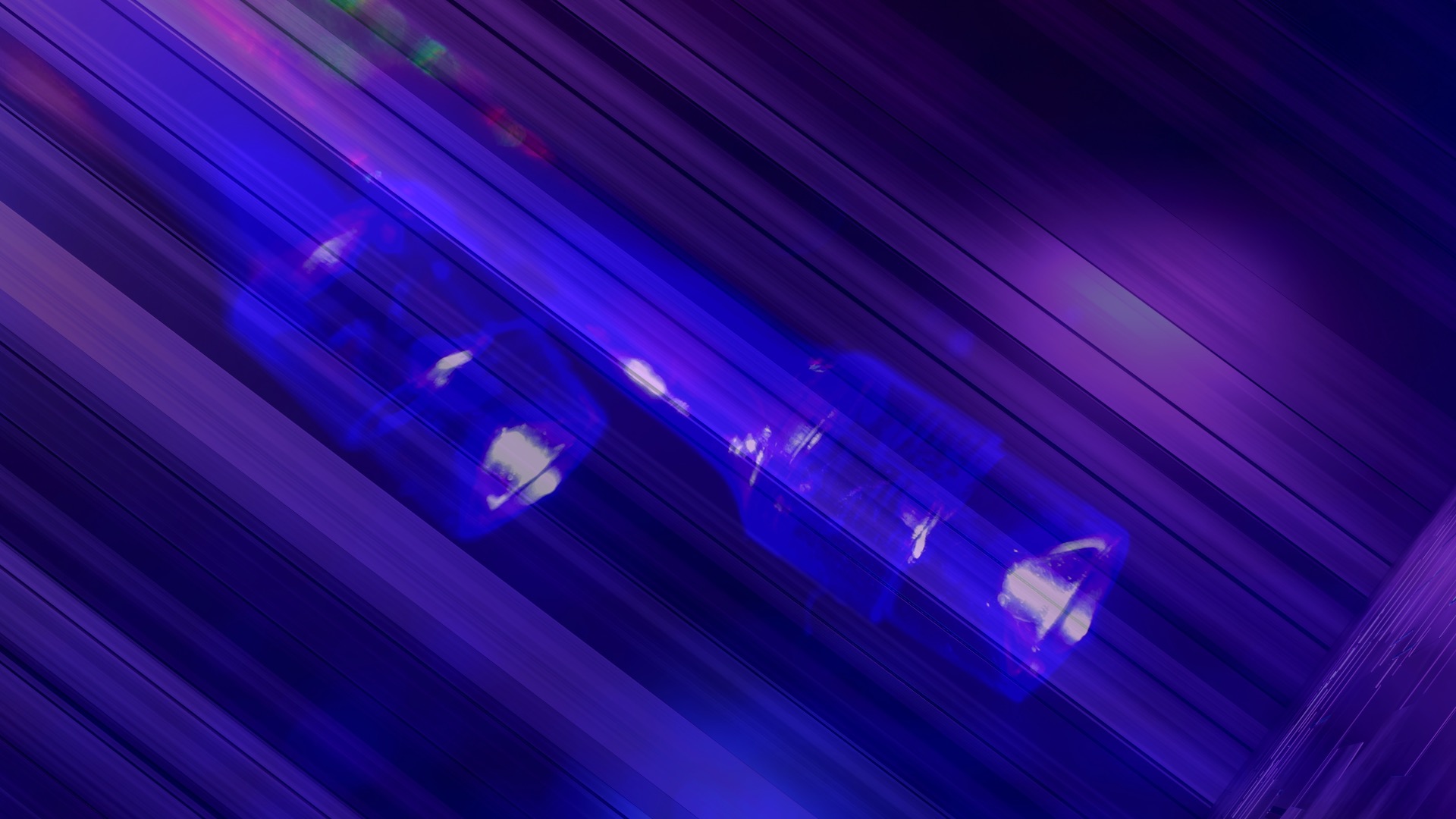研究成果 Research Results
- TOP
- News
- Research Results
- An ecofriendly way to convert blue light into UVB
An ecofriendly way to convert blue light into UVB
Researchers from Japan and Germany develop a new sustainable way to upconvert blue LED light to UVB 2023.01.12Research ResultsTechnology

An international team of researchers from Japan and Germany has developed a new system that upconverts blue LED light into high-energy Ultraviolet B, or UVB, light.
As the system does not require any of the toxic and inefficient materials that are traditionally used for UVB production, it opens the door for applications using UVB that are more sustainable and eco-friendly. The results were reported in the journal Angewandte Chemie.
It is hard to avoid talk about ultraviolet light—especially during the summertime. These high-energy rays produced by the sun are outside the visible light spectrum and a well-known culprit for suntans and sunburns. UV light is subdivided into three types depending on its wavelength: A, B, and C. UVA contains the long-wave UV light that reaches the surface of Earth, whereas shorter-wave UVB and UVC are mostly absorbed by the ozone layer.
Nonetheless, scientists have found that artificially produced UVB and UVC are useful in applications such as disinfection. UVB specifically has been applied in processes including photochemical reactions, detoxification of pollutants, and wastewater treatment. It is even used in the medical field in treatments for skin disorders such as eczema and vitiligo.
However, generating UVB currently requires sources such as mercury lamps, which are inefficient and toxic if improperly disposed.
One way around this is to generate UVB by ‘upconverting’ the light produced by LEDs. Upconversion is a method in which a material absorbs two photons of light of lower energy and combines their energy to emit one photon of higher energy light. The method usually occurs using a series of organic materials.
Over the years, two research teams in Japan and Germany, led by Nobuhiro Yanai of Kyushu University's Graduate School of Engineering and Christoph Kerzig of the Johannes Gutenberg University Mainz, respectively, have been working on evaluating various compounds for upconverting blue light from LEDs into UV light.
"Blue LED light's wavelength is the closest on the visible light spectrum to UV light. We've had success in converting longer wavelength blue LED light into shorter wavelength UVA. So, our next step was to find compounds that could convert blue LED light to UVB," explains Yanai. "With our collaborators at Mainz, we constructed candidate molecules and began screening their characteristics."
The collaboration was a profound success to say the least. Not only were they able to develop molecules that upconverted blue LED light into UVB, they were able to avoid the use of heavy metals that are traditionally used in such processes.
"Our investigations show evidence for a hitherto unreported blue-to-UVB upconversion that is also an avenue for safer and more sustainable production of UVB," concludes Yanai. "However, this first upconversion system is liquid-based and relies on several bimolecular reactions that hamper its stability and long-term usage. Moreover, the current rate of conversion is around 1%, naturally our next goal is to increase efficiency while developing reusable materials for versatile applications."
###
For more information about this research, see “Blue-to-UVB Upconversion, Solvent Sensitization and Challenging Bond Activation Enabled by a Benzene-Based Annihilator,” Till J. B. Zähringer, Julian A. Moghtader, Maria-Sophie Bertrams, Bibhisan Roy, Masanori Uji, Nobuhiro Yanai, and Christoph Kerzig, Angewandte Chemie, https://doi.org/10.1002/anie.202215340
This release is also available in Japanese.
Research-related inquiries
Nobuhiro Yanai, Associate Professor
Department of Applied Chemistry, Faculty of Engineering
Contact information can also be found in the full release.
- TOP
- News
- Research Results
- An ecofriendly way to convert blue light into UVB































